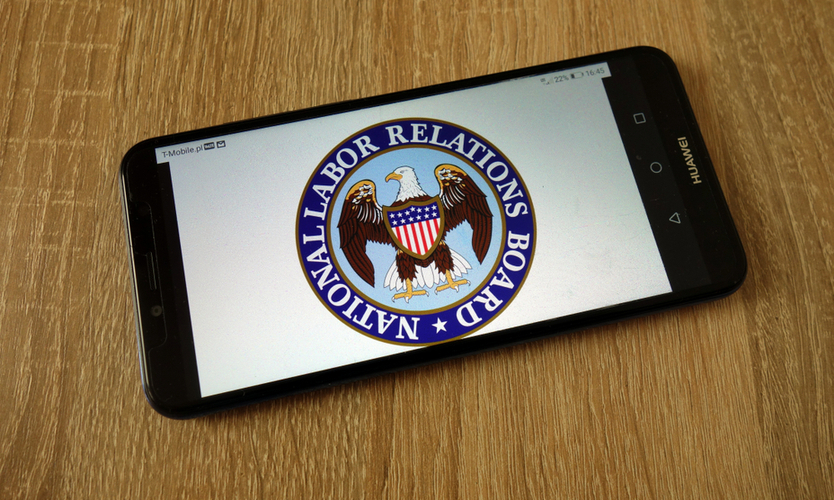NLRB issues final rule for determining joint-employer status
- August 17, 2024
- Posted by: Web workers
- Category: Finance

The National Labor Relations Board on Thursday issued a final standard for determining joint-employer status under the National Labor Relations Act that experts say significantly increases employers’ potential liability.
The final rule says that under the NLRA, two or more entities may be considered joint employers of a group of employees if each entity has an employment relationship with the employees, and if the entities share, or codetermine, one or more of the employees’ “essential terms and conditions of employment.” These are defined as issues such as wages and hours of work and scheduling.
It replaces the 2020 rule approved during the Trump administration, which introduced a balancing test that relaxed an Obama administration rule as to who should be considered a joint employer.
The rule takes effect 60 days from Friday, and is likely to be subject to legal challenges, observers say.
The Biden administration rescinded the Trump administration rule, effective in September 2021, and proposed its own version in September 2022.
The NLRB said in a fact sheet that the 2020 rule “made it easier for actual joint employers to avoid a finding of joint-employer status because it set a higher threshold of ‘substantial direct and immediate’ control over essential terms and conditions of employment, which has no foundation in common law.”
Under the 2020 rule, “you had to actually exercise control” to be considered a joint employer, said J. William Manuel, a partner with Bradley Arant Boult Cummings LLP in Jackson, Mississippi. “Now, the NLRB is saying even if you’re not exercising the control, but you’ve got the ability to do that, you can be considered a joint employer.”
Will Kishman, of counsel with Squire Patton Boggs in Cleveland, said the law applies even to employers that are not unionized. “This significantly increases the potential risk for organizations” that have franchise relationships, work with third-party temporary labor agencies and staffing agencies or use outside custodial services, he said.
Even though the rule does not take effect until the end of the year and is subject to legal challenges, “it’s not too soon for companies to be looking at their use of non-employees” if they are using a staffing or temporary agency and review their contracts, said Emily P. Harbison, a partner with Reed Smith LLP in Houston.
Mr. Manuel recommended that employers examine the contracts and memos of understanding with other entities to see if the documents say they have the right to set wages and hire and fire people. “You want to get that out” and be sure there is no such language in the agreements, Mr. Manuel said.
Companies may need to rescind some of the authority they had to control workers, Mr. Kishman said. “You should at least assess how you would defend yourself if you were alleged to have violated the NLRA by failing to comply with some of these obligations,” as well as “re-evaluate your internal strategies with respect to union organizing.”
However, “it’s going to be pretty darn hard for an employer to not be deemed a joint employer” with companies with which they work, Ms. Harbison said.



